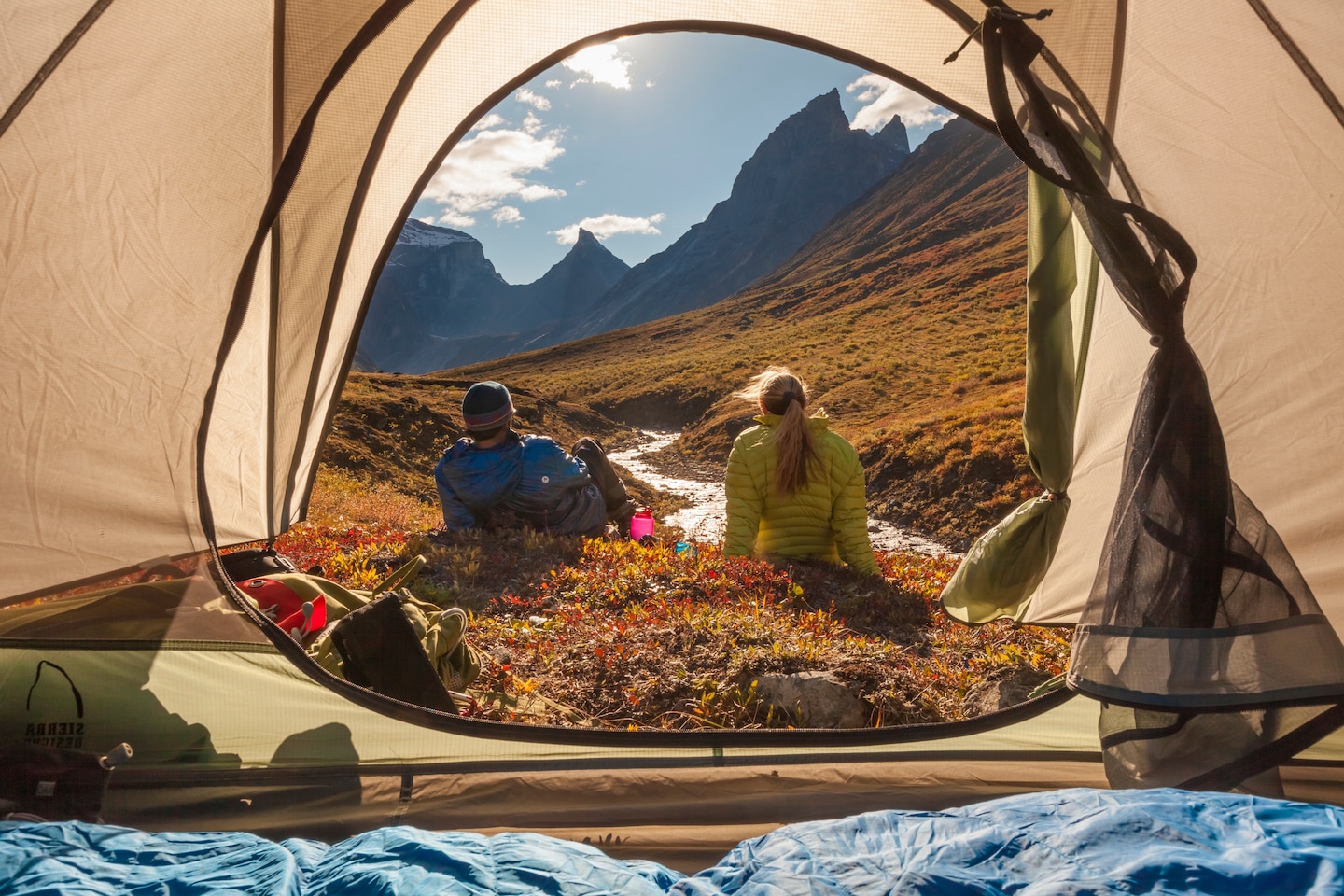To help with your 2024 travel planning, the National Park Service has announced its annual list of free entrance days. The six days are split between seasons and offered as a way of giving Americans cost-friendly vacation options. Normally, entering one the 63 national parks in the U.S. costs between $10 to $35.
“If an entrance fee is a barrier to anybody visiting, we want to be able to take that away on certain days throughout the year to encourage people to go and visit a park maybe they’ve never been to before,” said National Park Service spokesperson Kathy Kupper.
In 2024, the entrance fee-free dates will take place on what Kupper calls days of celebration and commemoration, from national holidays to park-specific ones. Here’s the list:
Visitors on fee-free days will still have to pay for services and amenities such as camping reservations, boat launches and special tours. If you can’t make it on these particular dates, there are still more than 300 national park sites — including national monuments, historical places, seashores and trails — that are always free to visit.
“The majority of national parks are free to enter every day,” Kupper said. “Currently, there’s 109 of the 400-plus that have an entrance fee.”
For inspiration on which parks to visit, download The Washington Post’s podcast “Field Trip” on your favorite podcast app. The show follows host Lillian Cunningham to five iconic parks from New Mexico’s White Sands to Alaska’s Gates of the Arctic, digging into their histories and challenges. You can also read By The Way travel guides, written by locals, for Yosemite, Glacier and Everglades.
Kupper said parks near major metros — like Shenandoah National Park near D.C., or Joshua Tree National Park in Southern California — tend to get the biggest spike in traffic on fee-free days. “It’s an incentive to the populations nearby to choose that day to go and visit a nearby park,” she said.
Harder-to-reach, bucket-list parks like Glacier National Park in Montana or Big Bend National Park in Texas don’t see the same influx because they’re less likely to get the jump-in-the-car-and-go visitor.
“When you’re planning a large-scale trip like that, the entrance fees are so minimal,” Kupper said. “For instance, Yellowstone is $35 for the week for everybody in your vehicle. So it’s not enough to make you say, ‘Let’s fly across the country and go to Yellowstone because we’d save the $35 entrance fee.’”
To avoid some of the crazier crowds that can plague the country’s most popular parks — particularly in the busy summer months — consider seeing some of these still-spectacular alternatives.
Instead of Yellowstone National Park, for example, you can head to Bison Range nature reserve near Missoula, Mont., where you’ll see most of the same wildlife with the exception of wolves and grizzly bears. Or instead of Zion National Park, try Capitol Reef National Park, one of the country’s newer parks that has striking geologic wonders and a fraction of the visitors.
If you’re going with a baby, we have a beginner’s guide for you. Start by planning your trip with adjusted expectations, like beginning your days gently and accepting that you’ll likely cover less ground.
Whether you’re going with a family or not, be sure to do your homework well before your trip. Does the park you want to visit require reservations in advance? Are there road closures? Weather concerns?
“We always say start your trip with a visit to NPS.gov,” Kupper said. “Even when you’ve already planned the trip, go back and check as your trip gets closer for any of these important updates.”
